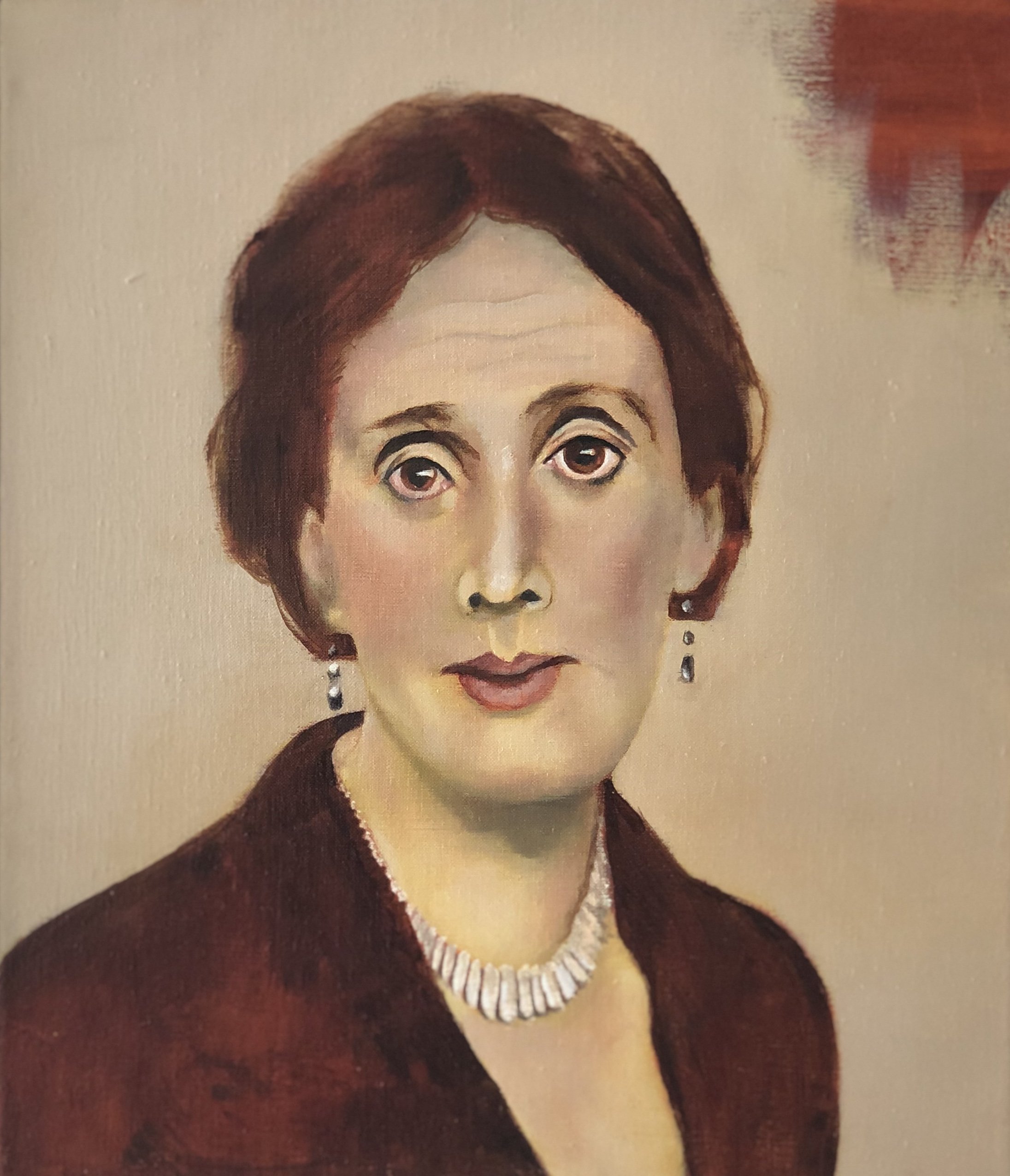“I came quite naturally, in obedience to the feeling of unity or oneness of womanhood ... it is when the community is shaken to its foundations, that abysmal depths of privation call to each other and that a deeper unity of humanity evinces itself.”
Emily Hobhouse (9 April 1860 – 8 June 1926) was a British welfare campaigner, anti-war activist, and pacifist. She is primarily remembered for bringing to the attention of the British public, and working to change, the deprived conditions inside the British concentration camps in South Africa built to incarcerate Boer and African civilians during the Second Boer War.
Oil on Linen 35x30 cm 🟢
Born in Cornwall, England she had a difficult childhood early life as her mother died when she was 20, and she spent the next fourteen years looking after her father who was in poor health. When her father died in 1895, she went to Minnesota in the United States to perform welfare work amongst Cornish mineworkers living there. After a failed engagement and the loss of her money she returned to England in 1898.
When the second Anglo-Boer war broke out she volunteered to help the women and children displaced by the war and being held in concentration camps. Criticised by the British Government and press on her return she felt she never received justice for her work.
Hobhouse was an avid opponent of the First World War and protested vigorously against it and through her offices, thousands children were fed daily for more than a year in central Europe after the war.
She settled in St.Ives, Cornwall until her death. Her ashes were ensconced in a niche in the National Women's Monument at Bloemfontein, where she was regarded as a heroine but her death went unreported in the Cornish press.


